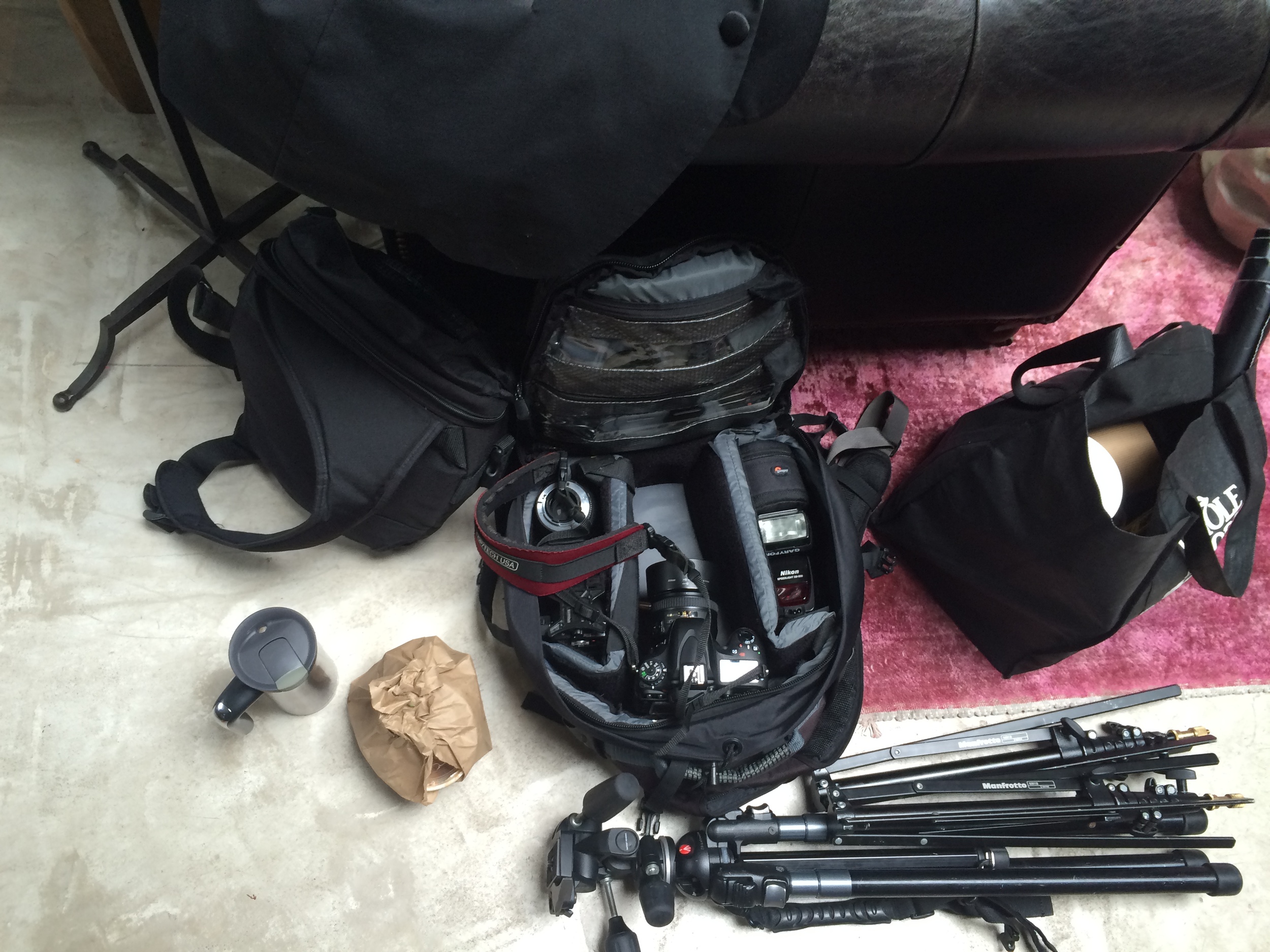All of us in the Creative Business League (CBL for short) agree that being a member of our group has changed our business immeasurably for the better. For me in particular, having these dedicated, passionate, funny, powerful, encouraging women at my back has given me so much inspiration and kept me going through many a difficult time. When someone tells me they are about to start a business, my best advice is to find a peer group and meet regularly. In this post I’d like to share some of the factors and structures that have helped make the Creative Business League so invaluable to all of us. My hope is that it might inspire others to form their own inspirational, supportive and wildly successful business groups.
What does a business league do?
The CBL does and is many things. Here are just a few:
- We are a pep squad who will shout about one another’s many successes
- We are a critical-thinking testing ground for new ideas
- We are accountability partners for goal setting
- We are a brain trust of freely-shared ideas, inspiration and information
- We are support group for when the going is tough (which is a lot)
Who should be in your group?
When looking for members for your group, try to pick people who are in similar industries but are not the same. The CBL is made up of maker businesses, but we have so many different kinds of amazing products that we learn from one another’s unique niches. We gain common ground by all understanding the challenges of manufacturing and selling a product, but we would lose unique perspectives if we all were making the same type of product.
I think one of the reasons The CBL gels so well is that we all began our businesses at roughly the same time. All of us are between six and ten years into our businesses. For the most part, we all met each other by doing craft fairs, which meant that we were all at about the same stage of our businesses. This has been key for us- we encounter the same obstacles at roughly similar paces, so we can learn from each other as each one of us hits a growth point.
How many members should you have?
We’ve discovered that seven members is the perfect number for our group. Each member gets dedicated time to talk at each meeting, and each person’s voice and opinion is heard. At the same time, our group is large enough to have varying opinions and perspectives. Having less than ten members also keeps scheduling relatively easy. We can usually find one night each month where everyone can get together. It's been key to our growth and bonding to have every member at every meeting.
What do you do at your meetings?
Our meeting structure has been essential to our success. Each monthly meeting follows the same structure, and allows us to be social, get updates on each other's businesses, and go deep on a few larger topics. A typical night is outlined below.
7:00-8:00 Wine, Dinner and Catching Up
This is the part of the night were we visit, eat something super delicious, and just relax. Getting to be social with one another really makes it fun- it’s definitely not all business all the time.
8:00-9:00 Check ins
Each member gets 5-10 minutes to tell everyone what is going on with their business this month. This is the time we share successes, what unique challenges we are facing, and in general unload everything that’s been swirling around our to-do lists for the past month. Usually no feedback is given unless it’s asked for. After we hear from everyone, we usually break for dessert and more wine.
9:00-10:00 Delving Deep
This is the time we set aside to go more in depth on a series of rotating topics that we agree upon ahead of time. Any member can propose a topic. We might have a general talk about pricing, legal structures, or any other business topic. Someone might present new information they’ve learned from a class they took or a show they’ve been to. We might also tackle a specific problem someone needs help with. This is our time to really get into one or two bigger idea or issues.
What else do you do?
Each year we plan two retreats. In January or February we all go away for the weekend and really dive into goal setting and business strategy. We also eat amazing food, usually stay in a gorgeous remote cabin, and unplug and relax. It's a great way to get the new year off on the right foot for our businesses. In July, we usually do a less-elaborate single day retreat. This is a time to check in our on yearly goal progress and refocus if things have veered off track.
If you have any questions about forming your own group, don't hesitate to post in the comments section. If you have a business or are thinking of starting one, you've got nothing to lose- go find your people!






